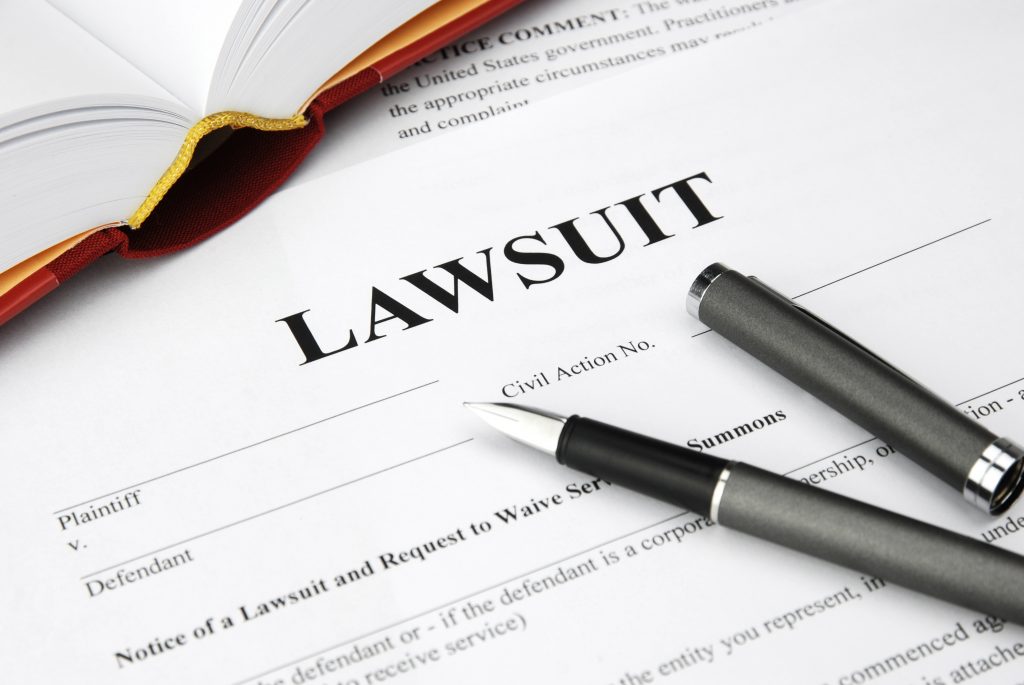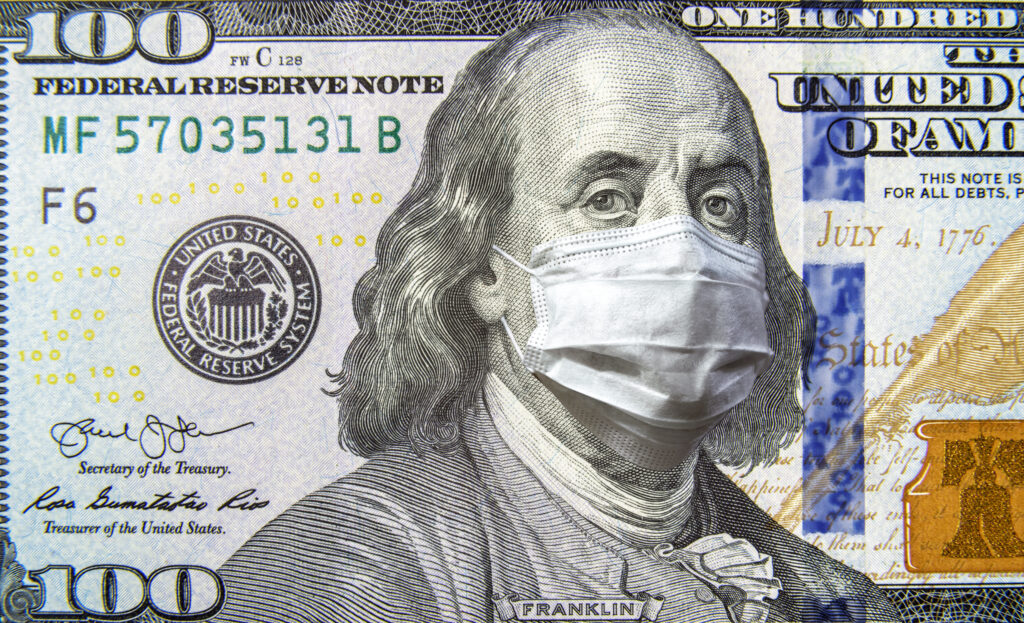Insurance Coverage litigation may be, by some, considered a last resort. That is, a process to enter into when all other avenues of settlement have failed. In certain situations, however, insurers file early declaratory judgment actions. In others, policyholders sue soon after receipt of a denial of coverage letter. There appear to be other considerations at play.
The stakes can be high for both insurers and policyholders, and the perspectives on litigation from both the insurer and policyholder perspectives are seldom discussed together. Here, two insurance coverage litigation adversaries candidly discuss what factors and considerations should go into insurance coverage litigation.
To understand better what goes into insurance coverage litigation cases, we put together a panel of two insurance trial experts in the field, Deborah L. Stein of Simpson Thatcher, (addressing the insurance company side of the equation), and Mark E. Miller of Miller Friel (addressing the policyholder side of the equation). The full course is available from PLI and the PowerPoint for the presentation is linked here. Insurance Coverage Litigation PLI
Six topics were covered:
- Pre-Litigation – what goes on prior to filing suit;
- Filing a Complaint – what drives the decision;
- Motions to Dismiss – valuable to both sides;
- Discovery – using it effectively;
- Summary Judgement – a critical juncture;
- Trial – best practices and perspectives.
At the risk of oversimplifying, here are some of the highlights on the competing policyholder / insurer perspectives on insurance coverage litigation:
1. Pre-Litigation – what goes on prior to filing suit
| INSURER PERSPECTIVE | POLICYHOLDER PERSPECTIVE |
| Compile information; Correspond with policyholder; Evaluate dispute, jurisdiction, timing of claim issues. |
Full evaluation of the claim – law, facts; Send well-drafted letters to insurers refuting denials; Compliance with policy conditions, even if waived; Develop strategy to maximize recovery. |
2. Filing a Complaint – what drives the decision
| INSURER PERSPECTIVE | POLICYHOLDER PERSPECTIVE |
| Issue of first impression; How clean are facts and law; Duty to defend law; Burdens; Duty to indemnify law; Coverage issues vs. valuation issues; Jurisdiction. |
Key question – will filing suit maximize legal recovery. Look at: a) Choice of law; b) Law of jurisdiction c) Risk of being sued first d) Insurer reputation e) Insurer conduct / bad faith f) Reasons for denial (potentially legitimate vs. industry custom and practice; g) Overall case strategy. |
3. Motions to Dismiss – valuable to both sides
| INSURER PERSPECTIVE | POLICYHOLDER PERSPECTIVE |
| Case specific – be selective in filing; Possible filings for: a) Jurisdictional and standing issues; b) Whether claimant is an insured; c) Timing of injury (outside of period); d) Undisputed law and facts; e) Bad faith; f) Statutory claims handling causes of action. |
File if insurer filed suit in wrong jurisdiction; Care taken so complaints cannot be dismissed. |
4. Discovery – using it effectively
| INSURER PERSPECTIVE | POLICYHOLDER PERSPECTIVE |
| Build your defenses and themes from the discovery you produce and obtain, but don’t force a story; Document Requests – think about types of documents you need; request further documents in depositions; Interrogatories – Use strategically (identification of documents, witnesses, facts); untargeted interrogatories not helpful; RFAs – look for discrete admissions; use for authentication; Depositions – usually the most effective tool; prepare, prepare, prepare; remember that you are still discovering. |
Focus Discovery on elements of proof at trial; Offensive Discovery – use it to build the story of improper denial; don’t waste time taking 30(b)(6) depositions; Defensive Discovery – this is where cases are lost; prepare witnesses properly, as insurance issues are too complex to understand without preparation; pay extra attention to those that know about insurance (risk managers and brokers); Know the rules; be prepared; Recognize that no document has ever spoken for itself; Think about what documents you need authenticated, and what documents you don’t. |
5. Summary Judgement – a critical juncture
| INSURER PERSPECTIVE | POLICYHOLDER PERSPECTIVE |
| Frame issues wisely; Consider purpose: resolve dispute, avoid trial; knock out claims; obtain direction from court; Evaluate facts and law; Know undisputed facts necessary for motion; Be true to record; don’t overreach. |
Overall goal is to get to trial; Consider proactive motions such as duty to defend motions; Motions and responses need to be drafted so the Court comes to the conclusion that you are right; Insurance jargon and insurance complexities are not your friend. |
 6. Trial – best practices and perspectives
6. Trial – best practices and perspectives
| INSURER PERSPECTIVE | POLICYHOLDER PERSPECTIVE |
| “Your trial presentation wasn’t complicated enough,” said no one ever; Focus; Keep it simple; Know elements and evidence; consider burdens; Prepare order of proof; Remember the big picture; Humanize witnesses; don’t be over-technical and don’t stretch; Don’t overuse documents. |
Trial preparation starts on day one, as everything that is done is for the purpose of trial; Develop case theme based on discovery; Simplify case to its essential elements and tell your story; Simplify; Be likable, interesting, and nice; You are painting a picture. You decide what to put on the canvas. Opponent will try and mess up your beautiful painting. Don’t let this happen. |
Although there is enough material on any one of these topics to fill an entire CLE course, this CLE is a good start for in house counsel faced with the task of managing either insurance coverage litigation or an insurance claim. Moreover, policyholders seldom get the insurance company counsel perspective, which is always valuable when assessing a claim. All that and more can be found in this course.
The most important information I got from presenting this course is:
- Claim denials can be reversed, but sending a nasty letter will not do the trick.
- Rather, well-crafted letters rebutting each and every error made in an insurer’s denial letter is the way to go. This requires mastery of the facts and law.
- Prepare for trial from the moment you become aware of the claim.
- Letters are drafted for the Court.
- There are ample opportunities to make mistakes, and policyholder self-inflicted wounds are the most common way that insurance coverage cases are lost.
- Develop your story, and refine that story through discovery.
- Push for trial. If an insurer wants to settle, they know who to call.
- When preparing for trial, think about painting a picture for the judge and jury. You decide what colors to use, and what to put into the record. Insurers will try and mess up your painting. Don’t let them.
For other Miller Friel PLI presentations on the topic of insurance, please see Top Ten Insurance Issues for Non Insurance Lawyers, State of the Art D&O Insurance.






 6. Trial – best practices and perspectives
6. Trial – best practices and perspectives


